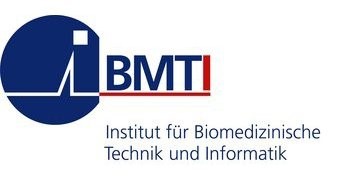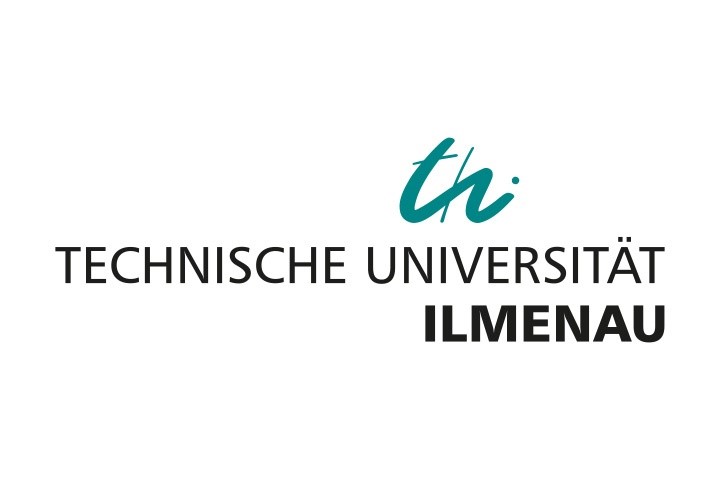Body sensor networks (BSNs) have recently received increasing attention for applications including medical diagnostics, therapeutic monitoring, medical research, physiological performance evaluation, as well as sports monitoring during exercise and general personal health care during daily activities. The research and development of novel, unobtrusive and fully mobile BSN approaches that can be used in users' daily lives open up new horizons for remote monitoring of chronic diseases, intervention in various types of neurological disorders and computer-assisted rehabilitation. Signals such as ECG, EMG, pulse, blood pressure and SpO2 are frequently used in BSN applications. However, the integration of multi-channel EEG into a mobile BSN has not yet been successfully implemented. There are several reasons for this: First, multichannel EEG recordings require a high number of channels to correctly map brain activity on the entire head surface. The higher number of channels requires a higher processing, storage and performance capacity of the BSN. Secondly, the EEG sensors (i.e. electrodes) are traditionally gel-based, which complicates the preparation and application of the sensors. Gel-based electrodes also limit the duration of recordings as the gels dry out and require specially trained medical personnel for proper application. The main goal of the BoSeNet project is to realize a novel medical BSN for the long-term monitoring of patients with neurological diseases in the home environment. The project is characterized by its strict design for home medical use and self-application by the user/patient in mobile environments. This multimodal and mobile approach is a unique concept of BoSeNet that contributes to the identification of central (CNS) and autonomic nervous system (ANS) interactions while reducing the uncertainty of traditional single modalities and methods of stationary clinical diagnostics. The introduction of DC-EEG in combination with SpO2 measurements and other modalities should provide reliable information on the interaction between the CNS and the ANS. Based on dry sensor concepts, a self-application for home use is made possible for the first time and despite the multimodal concept. The Institute of Biomedical Engineering and Informatics (BMTI) takes on the main task of analyzing and modeling the interaction between the CNS and the ANS using multimodal data. In this context, DC-EEG measurements are performed on subjects with different electrode technologies (e.g. gel-based and dry EEG electrodes). Sensor positioning and application for the unsupervised, rapid self-application of several BSN clusters by the user/patient are being researched and developed. The aim is thus to characterize physiological and pathological states by multiparametric modelling of the interaction between CNS and ANS at system level.








